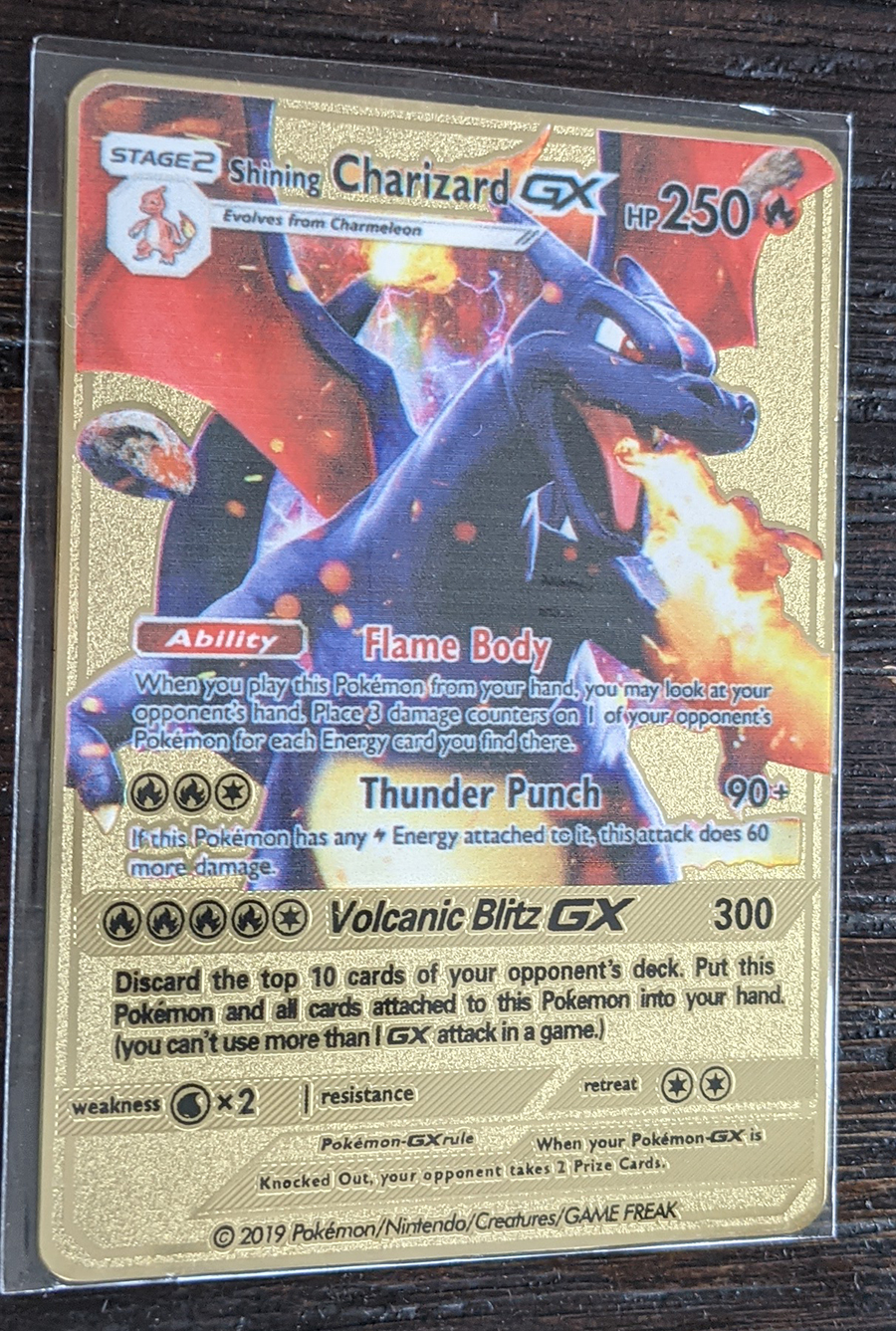


Reverse holographic cards have a shiny layer around the artwork, rather than the entire card being holographic. If a card has a shiny layer of foil over the artwork, it is considered a holographic card. These aren’t all valuable, but they are worth looking into. If the card doesn’t have a collector number, the card is probably an earlier print. If the collector number starts with an “SH,” then the card is considered a “Shining Pokémon.” The artwork for this card is different than the standard version, and the card is also a reverse holographic card. Secret rare cards have a collector number that is higher than the total number of cards that were printed in that set. The collector number can be another indicator of a valuable card. Finally, if the art box doesn’t have a shadow underneath it, you may have a rare Shadowless card. It looks like a “1” inside a black circle, with lines radiating above it.

You should also keep an eye out for the first edition stamp, which appears below and to the left of the artwork. These are from 1999 or early 2000 and are worth looking into their value. Look for cards that have “Wizards of the Coast” printed at the bottom of the card. Keep an eye out for these rarity symbols when determining whether you have any rare or ultra rare cards.Ĭards printed shortly after the release of the game are often quite valuable. There are also a variety of unique symbols used to mark cards that are considered ultra rare. A circle means a card is common, a diamond is the marker for uncommon cards, and a star is used to mark rare cards.

The small symbols on each Pokemon card are very important! The symbols on the card are Pokemon card rarity symbols. How do you know if your Pokemon cards are valuable? There are a few factors that go into determining the value of your cards. We’ll also discuss how to look for rare cards, how to read the rarity symbols and letters on your cards, why you should consider having your cards graded, and how to turn your collection into cash. Here, we’ll discuss these factors in greater detail. The two main factors that determine the value of Pokemon cards are rarity and condition. While some cards are common and may not be worth much, there are certain cards – such as secret rare cards, holographic cards, ultra rare cards, and more – which can be worth a pretty penny. Do you have a stash of Pokemon cards? With so many of them climbing in value in recent years, you may be curious whether your personal childhood collection carries any special value.


 0 kommentar(er)
0 kommentar(er)
